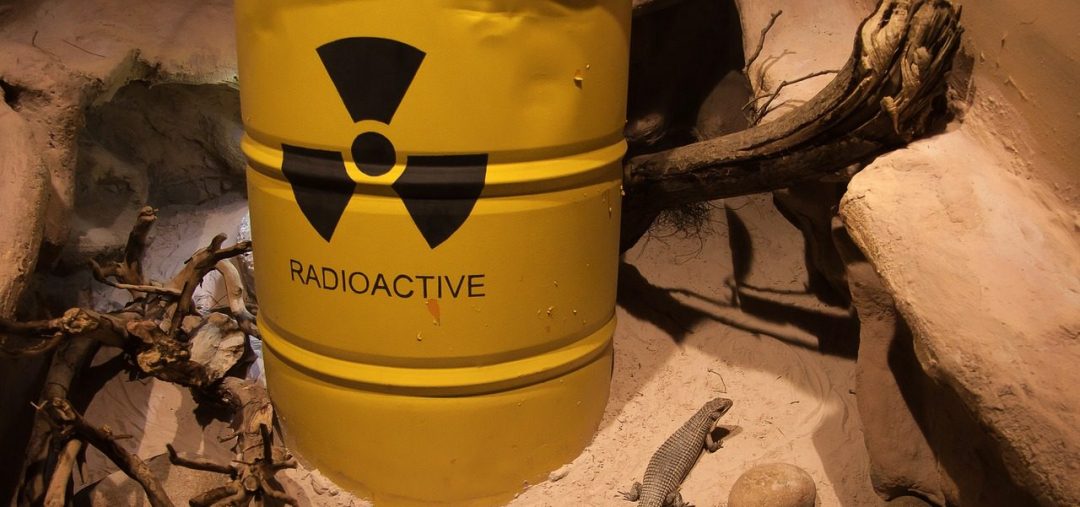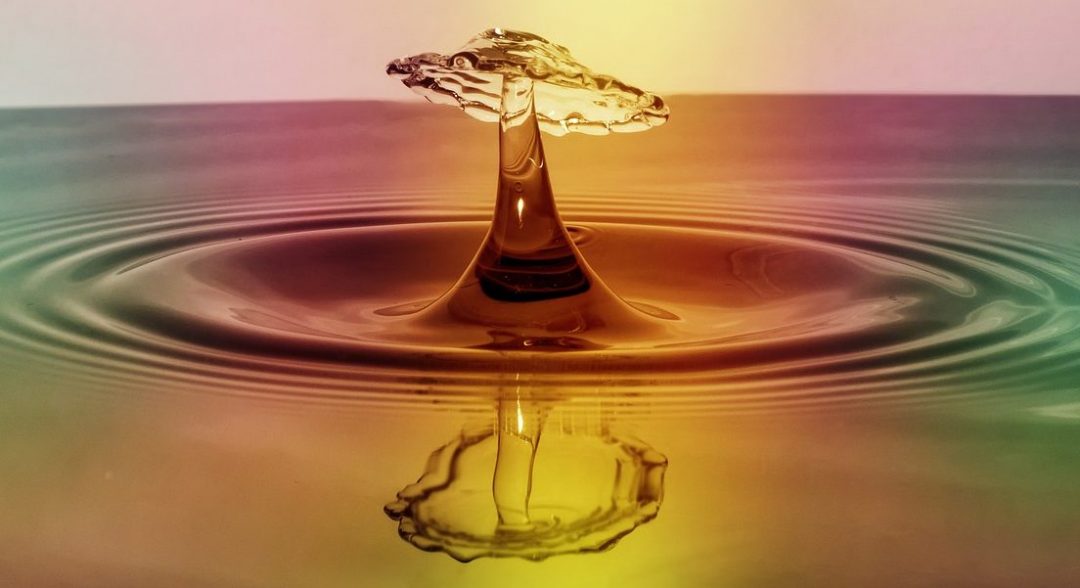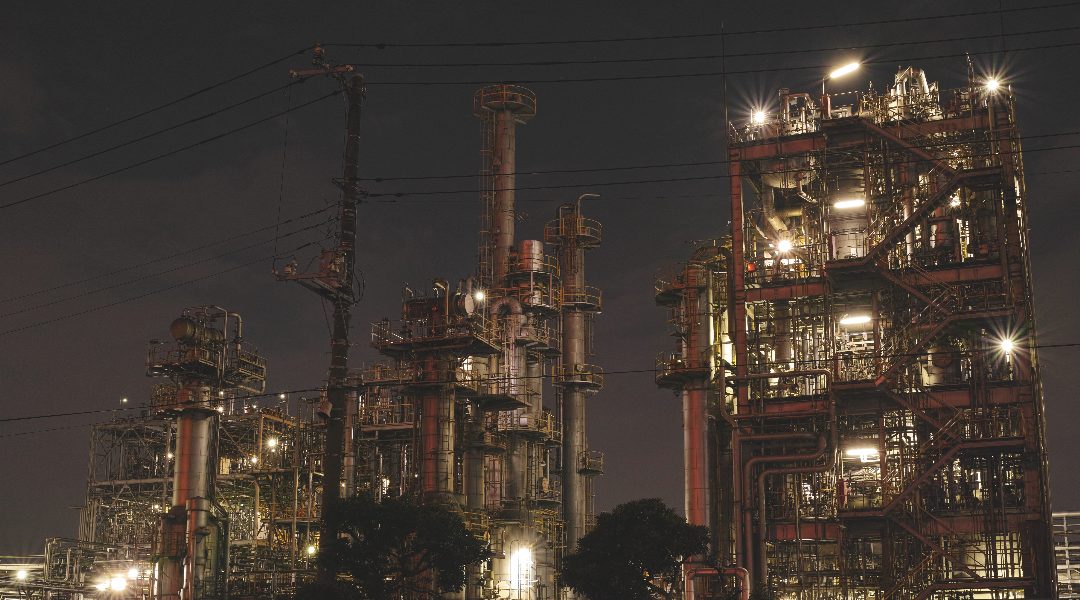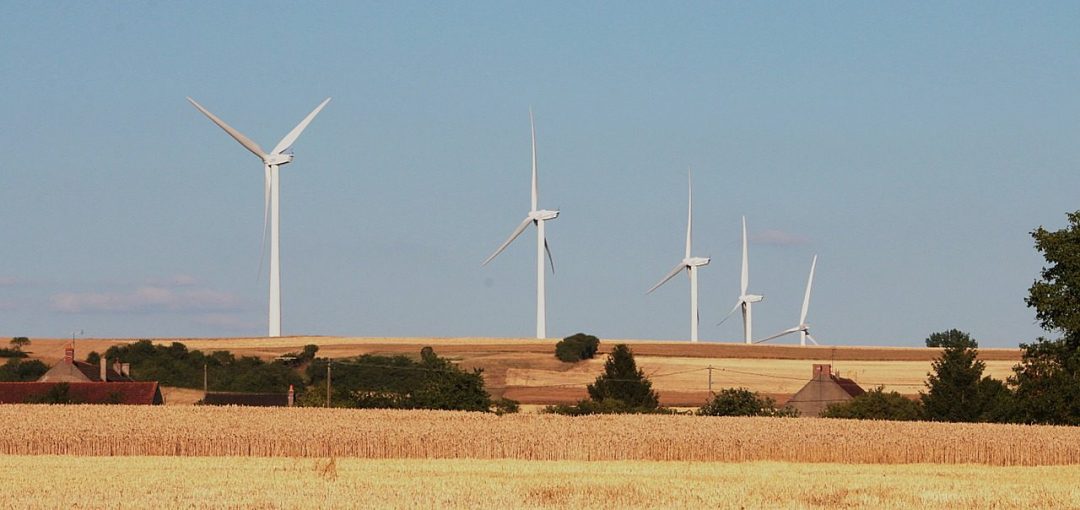The waste forms produced during the process of generating nuclear energy constitute a nearly intractable management problem because of technical and social factors.


The waste forms produced during the process of generating nuclear energy constitute a nearly intractable management problem because of technical and social factors.

Nordic researchers develop liquids for the storage of solar energy as chemical energy.

Hydrogen is now rapidly developing as a renewable fuel for both stationary and transport applications.

Predicting and managing resources in a changing climate requires an understanding of plant-accessible subsurface water storage.

Various approaches for converting CO2 and H2O to liquid hydrocarbons using solar energy involve electro/photo/thermochemical catalytic processes and combinations thereof exist.

Graphene sensors with high-resolution features are produced on flexible tapes for wearable electronics via a simplified drop-cast-and-transfer process.

Qantas used biofuel processed from a non-food, industrial type of mustard seed for a historic trans-Pacific 15 hour flight saving 18 000kg in carbon emissions.

Replicating the hollow structure of polar bear hairs allows an insulating material to provide thermal management with stealth applications.

Greener catalytic ammonia synthesis requires robust control experiments to eliminate artifacts.

Today, wind power plant developers and wind turbine manufacturers increasingly face power system stability support requirements similar to conventional power stations. These new requirements intend to make wind power plant behavior more similar to conventional power stations.